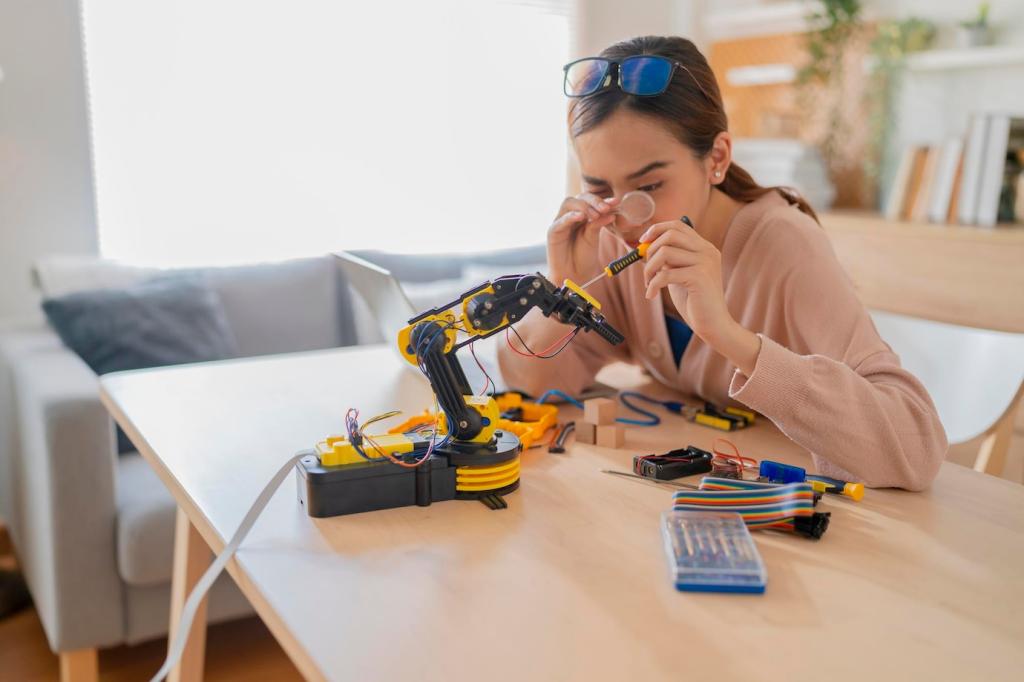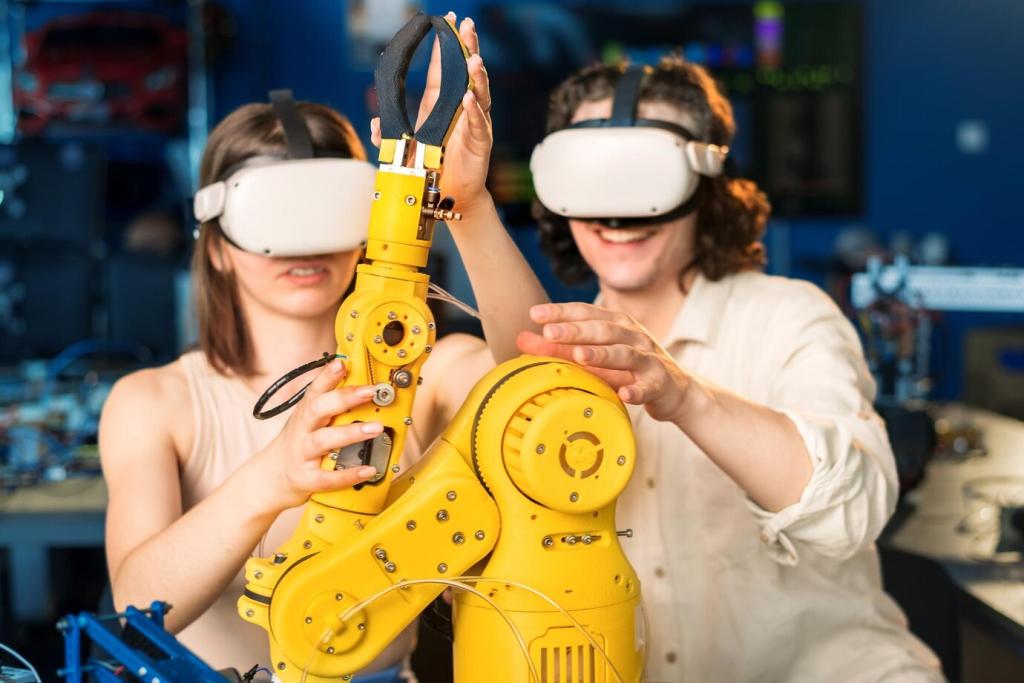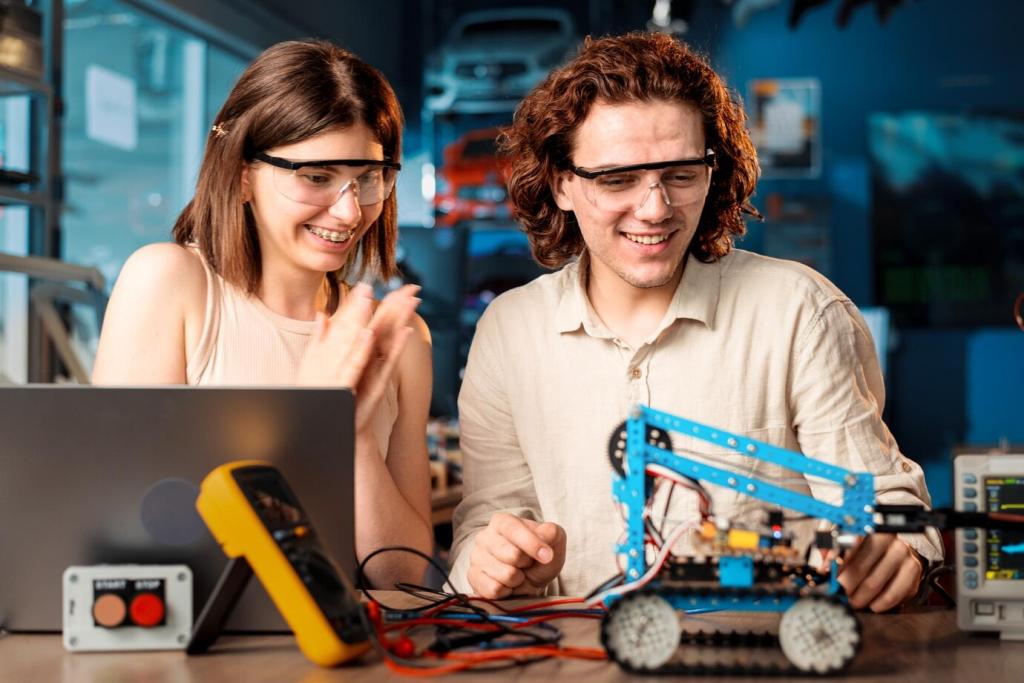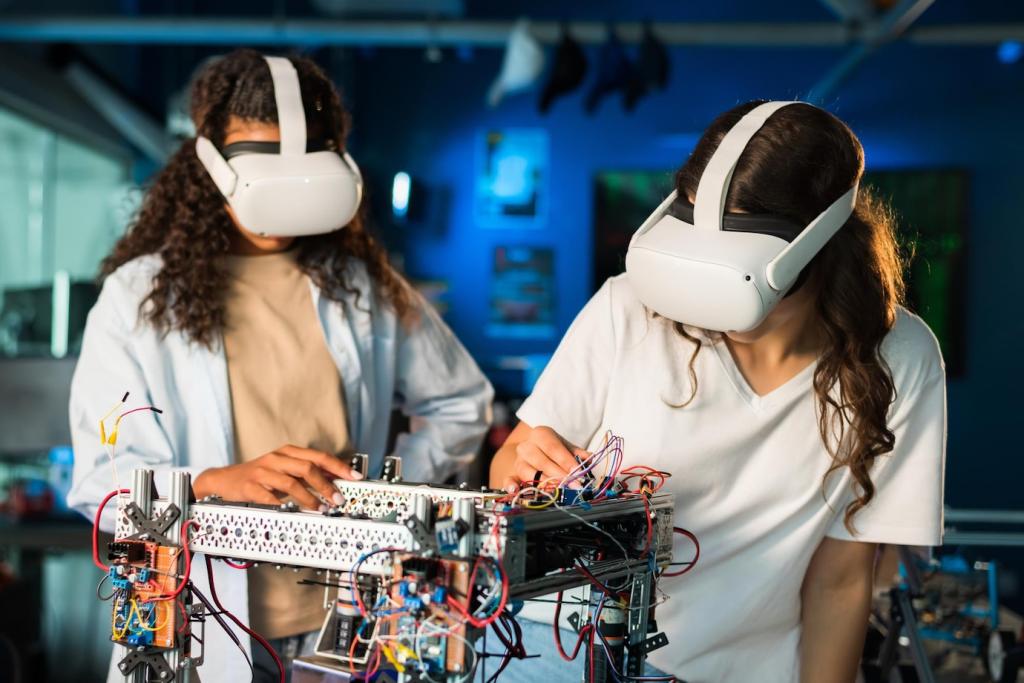Design Short, Structured, Spiraled Lessons
Alternate five-minute direct instruction, ten-minute building time, and quick tests on the floor grid. Movement resets attention, and short bursts prevent frustration from building up during early debugging attempts.
Design Short, Structured, Spiraled Lessons
Revisit core ideas like sequencing, loops, and sensing with fresh stories and environments. Small increases in complexity help children connect yesterday’s success to today’s challenge without facing steep leaps in difficulty.







